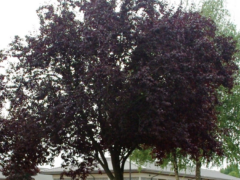
purple-leaf plum
Prunus cerasifera ‘Krauter Vesuvius’
Grows as a dense, upright-rounded tree 15-20’ tall. A very popular ornamental landscape tree with … Continued
Drought-tolerant and drought-resistant plants may still need supplemental water from time to time, but they can survive periods of dryness without dying.
Drought-resistant plants like cactus, hens and chicks, and sedums can go for very long periods without water and do not tolerate poorly drained locations. Drought-resistant tropical plants grown indoors in winter like cactus, Sansevieria, Echeveria, and other succulents sometimes fail due to overwatering.
Drought-tolerant plants grow in many textures and sizes and have different adaptations that help them get through periods of drought:
The latter two types of plants are drought tolerant once established because any new planting, regardless of drought tolerance, needs to be watered during the first growing season to allow roots to reach the depths needed to access moisture during dry periods.
It’s also important to note that survival may not mean that the plant will look its best during this time. Watering weekly for a longer period of time will result in the best-looking gardens with the highest tolerance for drought. During the hottest, dryest times in summer, watering deeply twice a week is recommended. These less frequent waterings will encourage root systems to expand, making it easier for plants to access moisture when their environment is dry.
Winter drought has become a bigger problem in recent years as snowfall declines. Evergreen plants are especially vulnerable during winter drought because their foliage continues to shed moisture while dormant deciduous plants have shed their leaves and can conserve moisture in woody stems and underground. Watering shrubs and trees in winter on days when the temperature allows (above freezing) will help ensure their healthy return in spring.
Here are some drought-tolerant and drought-resistant plants to grow—

Prunus cerasifera ‘Krauter Vesuvius’
Grows as a dense, upright-rounded tree 15-20’ tall. A very popular ornamental landscape tree with … Continued
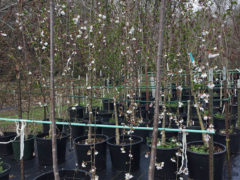
Prunus x 'Snofozam'
A naturally weeping form covered with bright, snow white flowers on compact, hardy landscape specimen tree. Produces … Continued
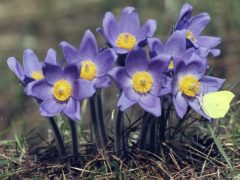
Pulsatilla patens
Silky, fern-like foliage with bell-shaped, solitary, blue-violet, yellow, pink or white flowers. Blooms are followed … Continued
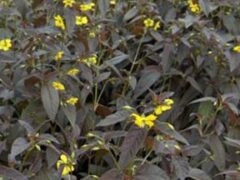
Lysimachia ciliata ‘Purpurea’
Though ‘Purpurea’ is not as invasive as other varieties, it will spread. ‘Purpurea’ performs best … Continued
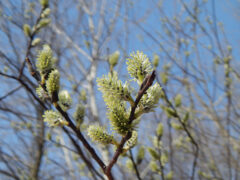
Salix discolor
Pussy willow is a small tree or large shrub. As one of the earliest blooming … Continued
Pycnanthemum verticillatum var. pilosum
This fragrant native spreads by rhizomes readily. Small white flowers on branched spires are packed … Continued
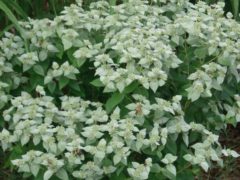
Pycnanthemum muticum
2025 Perennial Plant Association Plant of the Year® Attracts beneficial garden insects like crazy — … Continued
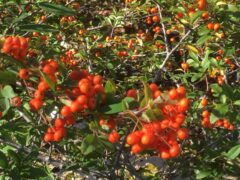
Pyracantha angustifolia 'Gnome'
This semi-evergreen shrub is easy to grow and maintain. It can be grown in a … Continued
Quercus alba
Occurs in dry upland slopes and lowland valleys. Grows to 50-80’ tall in cultivation and … Continued
Quercus imbricaria
Not easily recognized as an oak due to the atypical, unlobed foliage. Less common than … Continued
Quercus macrocarpa
A coarsely textured crown with wooly acorns and a massive trunk with rough, deeply furrowed … Continued
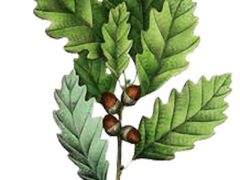
Quercus muehlenbergii
Height of 40–50’ and a spread of 50–60’ at a slow to medium rate, with … Continued